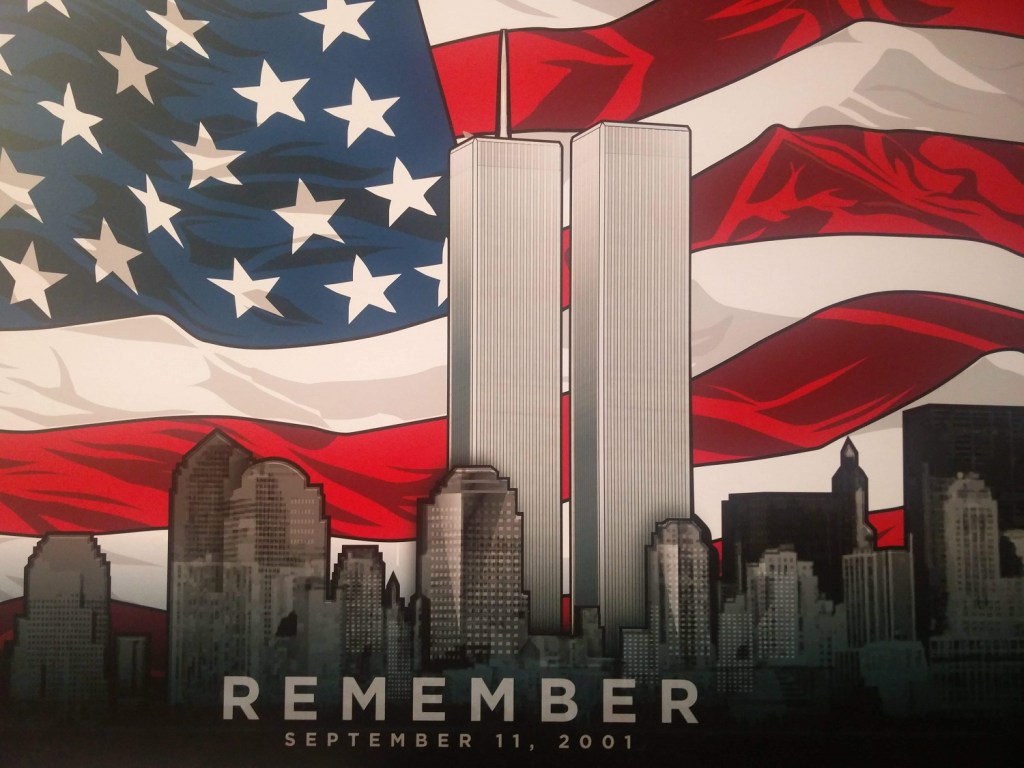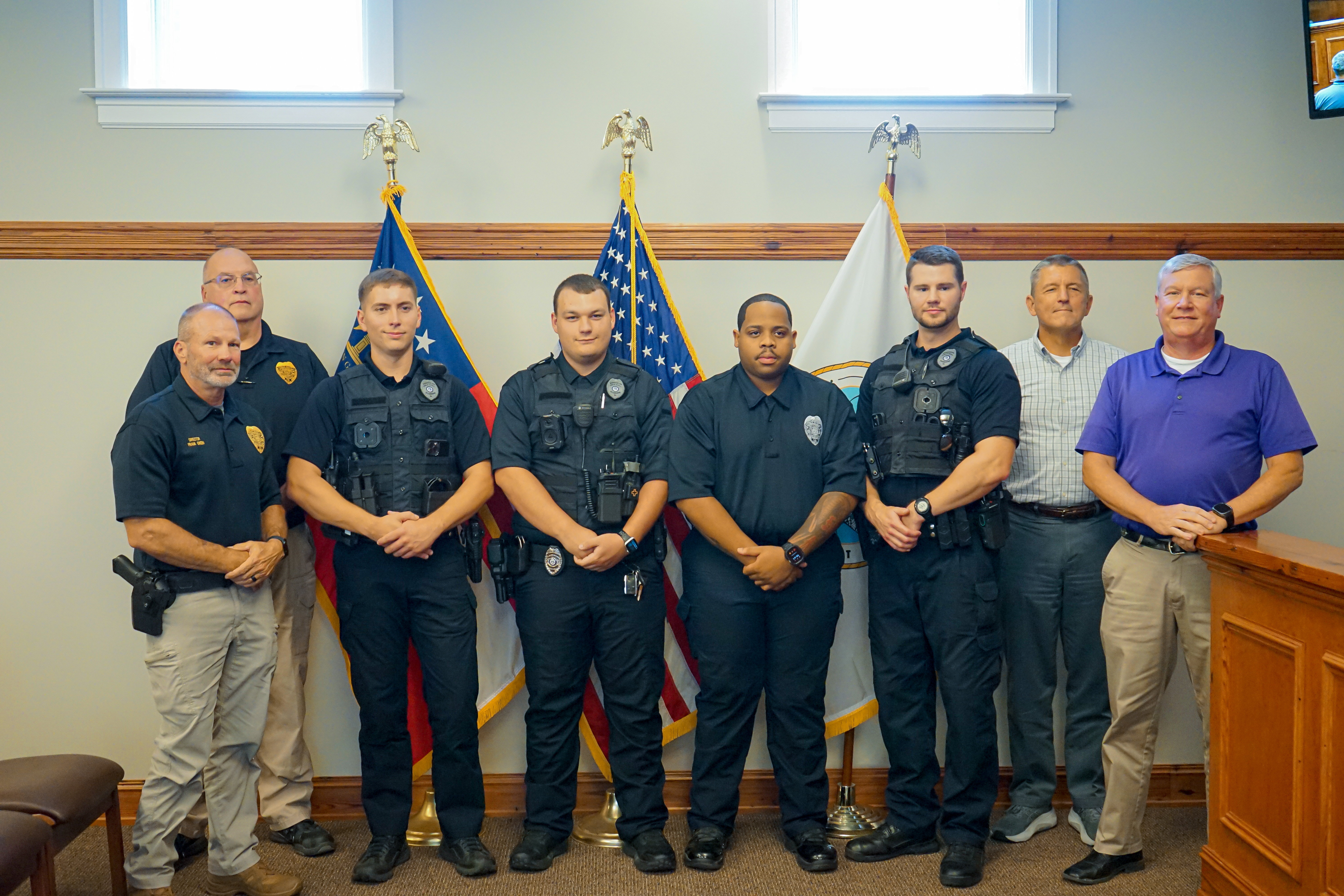Remembering September 11th, 2001
Published 9:00 am Wednesday, September 11, 2024
|
Getting your Trinity Audio player ready...
|
The morning of September 11, 2001, began like any other day for millions of Americans. In the crisp, clear skies above New York City, Washington, D.C., and the rural areas of Pennsylvania, the world was blissfully unaware of the impending tragedy.
At 8:46 a.m. Eastern Time, American Airlines Flight 11, a Boeing 767 en route from Boston to Los Angeles, crashed into the North Tower of the World Trade Center. The impact was catastrophic, igniting a massive fireball that sent debris raining down on the streets below. The shock of the collision sent ripples of disbelief through the city. The North Tower, a symbol of American economic power, now bore the scars of an unprecedented attack.
Just 17 minutes later, at 9:03 a.m., United Airlines Flight 175, another Boeing 767, struck the South Tower. The sight of the second plane crashing into the Twin Towers was broadcast live, leaving viewers stunned and horrified. The world watched in disbelief as the buildings, once proud symbols of American might, were engulfed in flames.
The reality of the situation began to sink in. The Twin Towers, designed to withstand significant damage, were now burning with the intensity of jet fuel. Emergency responders rushed to the scene, but the scale of the destruction was overwhelming.
Meanwhile, at 9:37 a.m., American Airlines Flight 77, a Boeing 757, crashed into the Pentagon, the headquarters of the U.S. Department of Defense in Arlington, Virginia. The explosion and subsequent fire caused massive damage to one of the most secure buildings in the world. The Pentagon, a symbol of American military strength, now bore the marks of the assault.
As the day unfolded, chaos reigned. The North Tower collapsed at 10:28 a.m., followed by the South Tower at 9:59 a.m. The collapse of the towers sent a cloud of dust and debris into the streets of Lower Manhattan, burying buildings and streets beneath tons of rubble.
The final tragedy of the day occurred when United Airlines Flight 93, a Boeing 757, was hijacked by terrorists. Passengers aboard the flight, having learned about the other attacks via phone calls, attempted to regain control of the aircraft. The plane ultimately crashed into a field near Shanksville, Pennsylvania, at 10:03 a.m., preventing further destruction. The brave actions of the passengers prevented another catastrophic impact, but their sacrifice was heartbreaking.
In the aftermath of the attacks, a nation was left to grapple with the scale of the loss. Nearly 3,000 people lost their lives, including passengers, first responders, and civilians. The attacks on September 11th were the deadliest acts of terrorism on American soil, shaking the foundation of the nation and changing the world in profound ways.
In the days and weeks that followed, the world saw acts of remarkable heroism and solidarity. Firefighters, police officers, and ordinary citizens worked tirelessly in the rubble, trying to rescue survivors and recover the fallen. The recovery effort was a testament to the resilience and determination of those who refused to be broken by the attacks.
The events of September 11th led to a global reassessment of security and foreign policy. The United States launched the War on Terror, which included military actions in Afghanistan and Iraq, and tightened security measures worldwide. The impacts of these decisions reverberated through the years, shaping international relations and domestic policies.
As the years have passed, September 11th has become a day of remembrance, a time to honor the victims and reflect on the resilience of a nation that faced an unprecedented challenge. Memorials and tributes have been established to ensure that the memory of those who perished and the bravery of those who responded are never forgotten. The stories of courage, loss, and recovery continue to inspire and remind us of the strength found in unity and the enduring hope for a better world.






